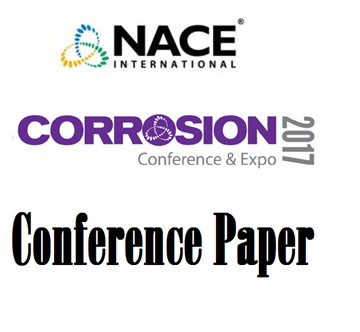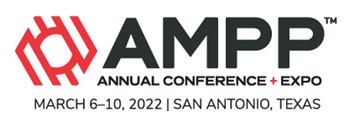Search
Biofuels: Lining Systems for a Diverse Array of Sustainably Derived Feedstocks
Also Purchased
Materials Compatibility Issues in Biofuels – A Review
Product Number:
51317-10039-SG
ISBN:
0039 2017 CP
Publication Date:
2017
$20.00
Converting Hydroprocessing Equipment To Produce Renewable Diesel From Soybean And Corn Oil: Corrosion And Materials Considerations
Product Number:
51322-17989-SG
Publication Date:
2022
$20.00
09528 Corrosion and SCC Issues in Fuel Ethanol and Biofuels
Product Number:
51300-09528-SG
ISBN:
09528 2009 CP
Publication Date:
2009
$20.00




